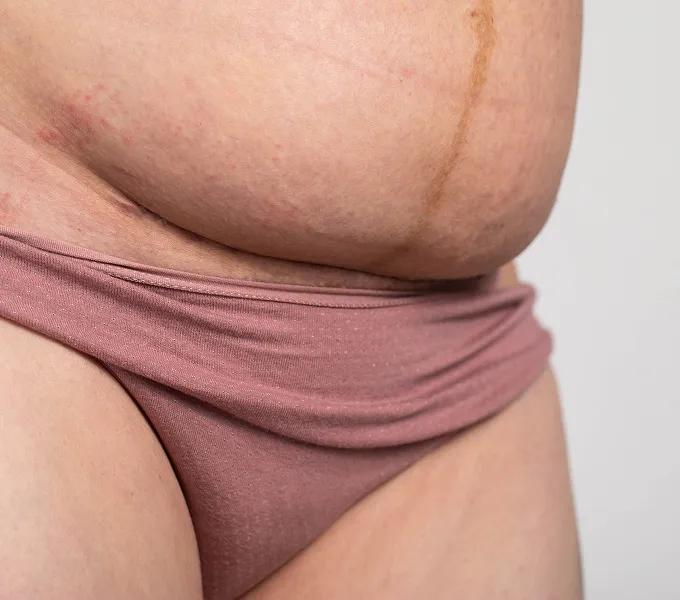
4 Breast/Chestfeeding Positions Recommended by Physical Therapists
When you're breastfeeding, it's normal to be so focused on baby's latch that you don't think twice about supporting your body. But as the weeks go by, your wrists, shoulders, neck, and back may start to ache from the strain — and those aches can turn into pain and injury.
Using the ergonomic positions below — and a lot of pillows — will ensure that you can breastfeed comfortably for however long you decide to do it. If breast/chestfeeding becomes painful, don't wait to see a PT. You deserve to feel good in your body!
First, tips to keep in mind in any position:
- Use pillows to raise baby to breast level.
- Keep wrists in line with forearms & fingers in line with wrists (think: Barbie doll hands).
- Place both feet flat on the ground.
- Roll your shoulders back & open your chest.
- Take breaks to look up — continuous downward gazing strains your neck.
- Wrist or thumb pain? Consider wearing a brace when you breastfeed.
- Back or tailbone pain? Place a small, rolled towel behind your low back for support. Or sit on a pressure relief pillow such as a wedged cushion with a coccyx cutout. (This is different from a donut pillow, which won’t provide as much relief.)
1. Cross Cradle Hold
- Sit upright, using pillows to support your back, as needed.
- Baby lies sideways with belly facing you.
- Use pillows to bring baby's head to the level of your nipple.
- No pillows? Support baby’s head on your forearm or in the bend of your elbow.

2. Football Hold
- Sit upright, using pillows to support your back, as needed.
- Baby lies facing you, with their body to your side.
- Use pillows to bring baby’s head level with your nipple.
- Hold baby's head in your hand, keeping your wrist as straight as possible.
- Use pillows to support your wrist and forearm in this position, so that you can rest.
Tip: This is a great position for people with larger breasts (or inverted nipples) because you can use your other hand to support/lift your breast to facilitate a better position and latch. You can also place a rolled-up wash cloth under your breast to help support its weight.

3. Side-Lying Hold
- Lie on your side, using a pillow to support your neck in a neutral position.
- Place a long pillow between your legs (from knee to ankle) to keep them in line with your hips and relieve pain in your pelvis.
- Baby lies facing you, belly to belly.
- Baby latches on to your bottom breast.
Tip: This position is particularly helpful if you had a Cesarean birth or have tailbone pain.

4. Seated Upright Hold
- Sit upright, using pillows to support your back, as needed.
- Sit your baby upright on your lap, facing you.
- Baby’s legs will be straddling your waist, on the side that you are feeding.
- Use your arms to support baby’s back and use pillows to support your arms, so you can rest.
Tip: Wear a wrist brace if you have difficulty keeping your hands in line with your forearms in this position.





